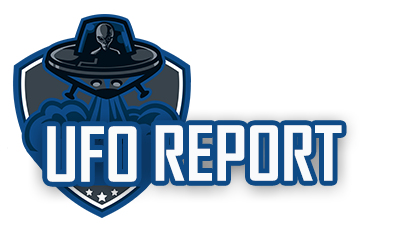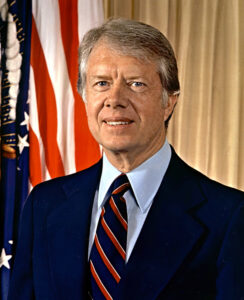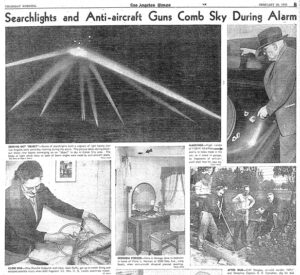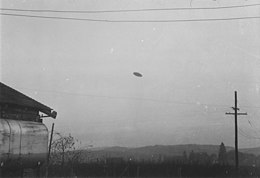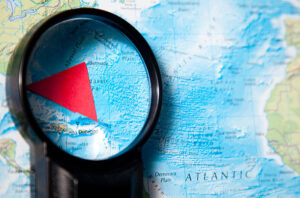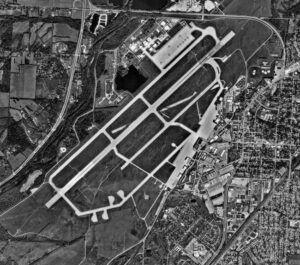The media has played a pivotal role in shaping public perception of unidentified flying objects (UFOs) and alleged government cover-ups since the phenomenon first gained widespread attention in the mid-20th century. From sensational headlines and gripping eyewitness accounts to responsible journalism and investigative reporting, the media’s influence on the discourse surrounding UFOs is undeniable. This article will explore the multifaceted role of the media in UFO reporting and cover-ups, examining both the positive and negative aspects of media coverage in this area.
The Media’s Role in UFO Reporting: A Catalyst for Public Interest
The media’s coverage of UFO sightings and encounters has served as a crucial catalyst for public interest in the subject. High-profile incidents, such as the 1947 Roswell crash and the 1952 Washington, D.C. UFO flap, received widespread media attention, capturing the imagination of the public and helping to establish UFOs as a topic of enduring fascination.
Through the years, newspapers, magazines, radio, and television have provided a platform for eyewitnesses to share their experiences, researchers to present their findings, and skeptics to voice their doubts. In doing so, the media has fostered an ongoing dialogue about the nature and significance of UFOs, encouraging the public to explore and engage with the topic.
The Media and UFO Cover-ups: Uncovering the Truth or Fueling Conspiracies?
While the media has played a vital role in disseminating information about UFO sightings and encounters, its influence has not always been entirely positive. Sensationalist reporting and a lack of journalistic rigor have at times contributed to the spread of misinformation and fueled conspiracy theories surrounding alleged government cover-ups of UFO-related incidents.
Media outlets that prioritize sensational headlines over accurate reporting can inadvertently contribute to public confusion and perpetuate misconceptions about UFOs. In some cases, this type of reporting may even bolster claims of government cover-ups, as the public becomes increasingly skeptical of official explanations for UFO sightings and encounters.
However, the media can also serve as a powerful tool for uncovering the truth and holding authorities accountable. Investigative journalism and in-depth reporting have the potential to shed light on unexplained phenomena and challenge official narratives, providing the public with a more accurate and nuanced understanding of UFOs and potential cover-ups.
The Double-Edged Sword: Balancing Sensationalism and Responsibility
The role of the media in UFO reporting and cover-ups is a double-edged sword. On one hand, the media’s coverage of UFO incidents has helped to raise public awareness and foster a sense of wonder and curiosity about the unknown. On the other hand, irresponsible reporting and sensationalism can contribute to the spread of misinformation and the perpetuation of conspiracy theories.
To strike the right balance, media outlets must prioritize accuracy, objectivity, and responsible reporting in their coverage of UFO sightings and alleged cover-ups. Journalists should strive to provide context and present a balanced view of the available evidence, resisting the temptation to sensationalize events or give undue weight to unverified claims.
Complex and Multifaceted Role
The media’s role in UFO reporting and cover-ups is complex and multifaceted. While media coverage has helped to spark public interest in UFOs and promote discussion about the phenomenon, it has also contributed to the spread of misinformation and conspiracy theories. By embracing responsible journalism and prioritizing accuracy and objectivity, the media can continue to play a vital role in informing the public about UFOs while minimizing the negative consequences of sensationalism and misinformation.
